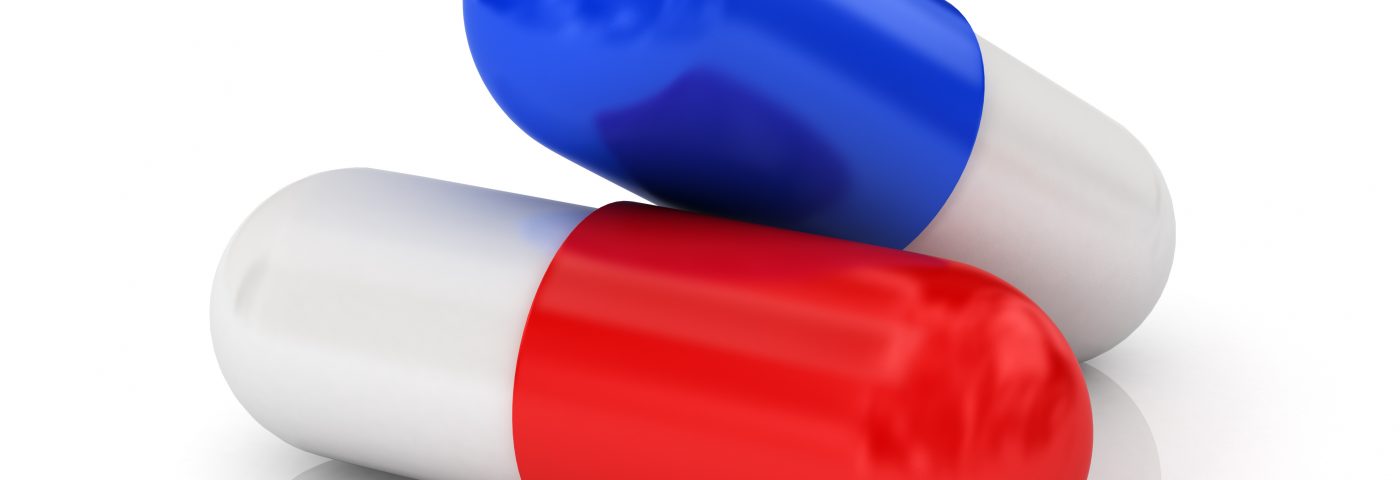Researchers determined that Prosterol — a novel saw palmetto supercritical CO2 extract (SPSE) — reduces the benign prostatic hyperplasia (BPH)-related enzyme 5α-reductase isoform II as effectively as standard therapies.
The study, “Determination of the potency of a novel saw palmetto supercritical CO2 extract (SPSE) for 5α-reductase isoform II inhibition using a cell-free in vitro test system,” was published in the Journal of Research and Reports in Urology.
The enzyme 5α-reductase catalyzes the conversion of testosterone to the most potent androgen, 5α-dihydrotestosterone. In human tissues, 5α-reductase is found in two isoforms, called type I and II. While type I is expressed primarily in skin, scalp, and follicles, type II is predominant in prostate tissue, specifically the stroma and basal cells of the prostate (type I is also expressed in the prostate, but in epithelial cells).
Saw palmetto extracts (SPEs) have been widely used as a treatment for lower urinary tract symptoms secondary to BPH. Their pharmacological effects vary and include not only the ability to inhibit 5α-reductase, but also anti-androgenic effects, anti-proliferative effects, and anti-inflammatory effects. However, the effects of SPEs in clinical settings have been controversial.
Researchers determined in a cell-free system the in vitro potency of a novel SPSE, Prosterol, and its effects inhibiting 5α-reductase isoenzyme type II. They performed a comparative analysis between the effects of Prosterol and finasteride, an approved 5α-reductase inhibitor.
Prosterol was found to inhibit 5α-reductase type II in vitro in a concentration-dependent manner. Not only did SPSE effectively inhibit the enzyme, previously linked to BPH, but the amount of extract required to exert its inhibitory effect was lower than other extracts used in similar in vitro tests. When compared to the standard of drug therapy, finasteride, the inhibitory potency of SPSE showed no significant differences.
These results show that SPSE effectively inhibits the 5α-reductase enzyme that has been linked to BPH, and that this inhibition is achieved with an amount of extract comparatively low to those with standard therapies. The bioactivity of SPSE corresponds to that reported for finasteride.
Researchers noted that since there are numerous SPEs on the market, potentially leading to varying levels of BPH-related bioactivity, future in vitro and clinical trials with different SPEs will allow a deeper understanding of their comparative differences, as well as help with patient selection.

